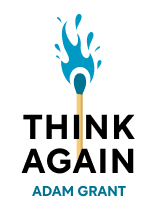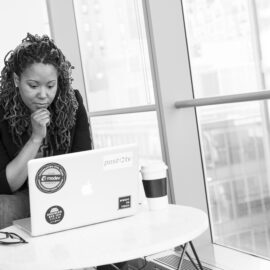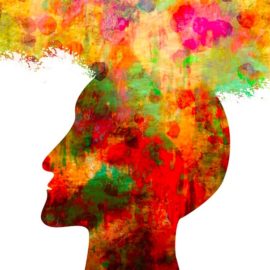

This article is an excerpt from the Shortform book guide to "Think Again" by Adam Grant. Shortform has the world's best summaries and analyses of books you should be reading.
Like this article? Sign up for a free trial here.
What is active learning? How can you make your students more engaged in the learning process?
An active-learning method is where students engage with the material in a meaningful way as opposed to passively memorizing information. When you take on the role of an educator, it’s important to make active learning central to how you educate others so they can be open to new ideas.
Here’s why it’s important to encourage active learning as opposed to rote memorization.
Bringing Active Learning Into the Classroom
Traditional education methods such as lectures and memorization are inadequate in terms of challenging students to think independently. These methods teach students to repeat the information they learn but not how to engage meaningfully with the material. As a result, they don’t develop adequate critical thinking skills. Instead of lecture and memorization, Grant advocates for an active-learning method that encourages students to question their thinking and engage curiously and meaningfully with other people’s ideas.
(Shortform note: Grant argues that lectures fail to instill the necessary critical thinking skills students will need to succeed as independent adults and are therefore a suboptimal teaching method. However, some experts argue that lectures can be an effective pedagogical tool for explaining basic facts and concepts. Lectures should be seen as part of an overall educational strategy that complements other teaching methods that are better at helping students apply concepts. These other methods can include active participation, asking questions, or breaking the class into small groups for discussion.)
Suggestions for Active Learning and Reconsideration in the Classroom
Grant provides some suggestions for encouraging active learning and reconsideration:
One method is to assign projects that involve multiple drafts with peer feedback (feedback that a small peer group provides)—having students complete multiple drafts shows them that they may need to make mistakes and reconsider their ideas several times in order to meet the project goals.
(Shortform note: In The Five Dysfunctions of a Team, Patrick Lencioni argues that constructive peer feedback is crucial to team success. Lencioni writes that passionate, ideological conflict—rooted in substantive issues, not interpersonal hostilities—is necessary for teams to learn from past mistakes, take decisive action, and tap into the full team’s talent and experience.)
Teachers can also encourage students to share their passions—when students hear about the interests of their peers, they realize that other students have something to teach them and that they might benefit from the ideas of others.
(Shortform note: By sharing your passions with a group (at home, work, or school), you not only teach people about a topic, but you also form emotional connections that can spark creativity, rethink old assumptions, and catalyze a desire to learn more about that topic. Hearing other people talk about their passions can connect you emotionally, and sharing passions can spark mutual excitement and creativity.)
Finally, teachers can empower students to question widely accepted beliefs—Grant says that teachers should create lessons that debunk myths and challenge conventional thinking. For example, many people believe that violent crime is at an all-time high in major American cities. However, a self-directed lesson plan that teaches students how to analyze crime statistics over the past 40 years could show them that crime rates have actually fallen dramatically over that timespan. This would help students bust a widely held myth and teach them that many things that are widely assumed to be true don’t hold up to closer inspection.
(Shortform note: Some experts note that attempts to challenge people’s falsely held beliefs can actually backfire—when presented with contrary information, many people actually dig in and cling even more strongly to their original beliefs. One 2009 paper found that media attempts at political mythbusting, such as challenging people who falsely believed that former president Barack Obama was Muslim, had little to no effect in changing the minds of people who believed this to be true.)

———End of Preview———
Like what you just read? Read the rest of the world's best book summary and analysis of Adam Grant's "Think Again" at Shortform.
Here's what you'll find in our full Think Again summary:
- Why the ability to reconsider is more important than precise knowledge
- How knowledge and expertise can narrow your thinking and limit your potential
- How to improve your ability to reconsider things in work and in life






